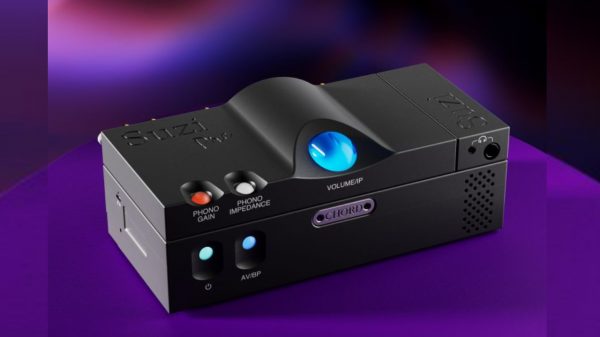If nothing else, it can be a bit embarrassing. An R&D person has been working on what he thought might be a revolutionary product for a year or so. After bouncing it around other R&D personnel as well as a couple key company executives, it turns out that the idea is actually a bit silly. The developer realizes that this is indeed true and scraps the whole concept. He deletes all the files on his laptop connected with the project, thinking they’ll never see the light of day again.
At some point, that very laptop goes down to the IT department for servicing. An IT person, getting a little curious and knowing more than the average person about data retrieval, manages to restore the deleted files. She shows her co-worker, and that person shows their co-worker, and pretty soon the whole department is snickering. Then someone else gets carried away and anonymously posts some of the files on the company intranet. Too late, it gets back to the R&D person who is now the butt of jokes throughout the whole company–and the R&D person nearly gets fired for leaking out proprietary information.
It could have been even worse–it could have been a valid project actually under development, and the information could have leaked out to the trade press exposing it to the competition. Fortunately, though, that didn’t happen.
This crafty IT person knew–as anyone should–that the data from “deleted” files still resides on a hard drive after they are deleted; they are not physically deleted until overwritten by new data, and even then parts of the files my still be recoverable. This fact has led to the enactment of severe laws regarding file deletions on government computers.
Most companies cannot afford to implement the complex methods used by government agencies, but yet have data that should never leave the company. What can be done?
The answer is SecureDelete–a feature of Undelete 2009 which provides real time data protection and recovery from Diskeeper Corporation. Undelete makes file recovery possible by capturing all deleted files–even across networks to servers–in its own Recovery Bin. When SecureDelete is enabled, files that are purged from the Recovery Bin are overwritten with random data using a methodology developed for the National Security Agency and the Department of Defense. Files deleted in this manner can never be recovered again. Additionally, as a new feature of the just-released Undelete 2009, SecureDelete allows immediate secure deletions of files from the recovery bin, rather than waiting for the bin to be purged, and with its new Wipe Free Space feature also overwrites free space to ensure there is virtually no trace of files left.
If your company has Undelete with SecureDelete enabled, no proprietary information will ever leak out, and neither will company-confidential information from anywhere else in the company. It’s an inexpensive solution to what could potentially be a very expensive problem.























